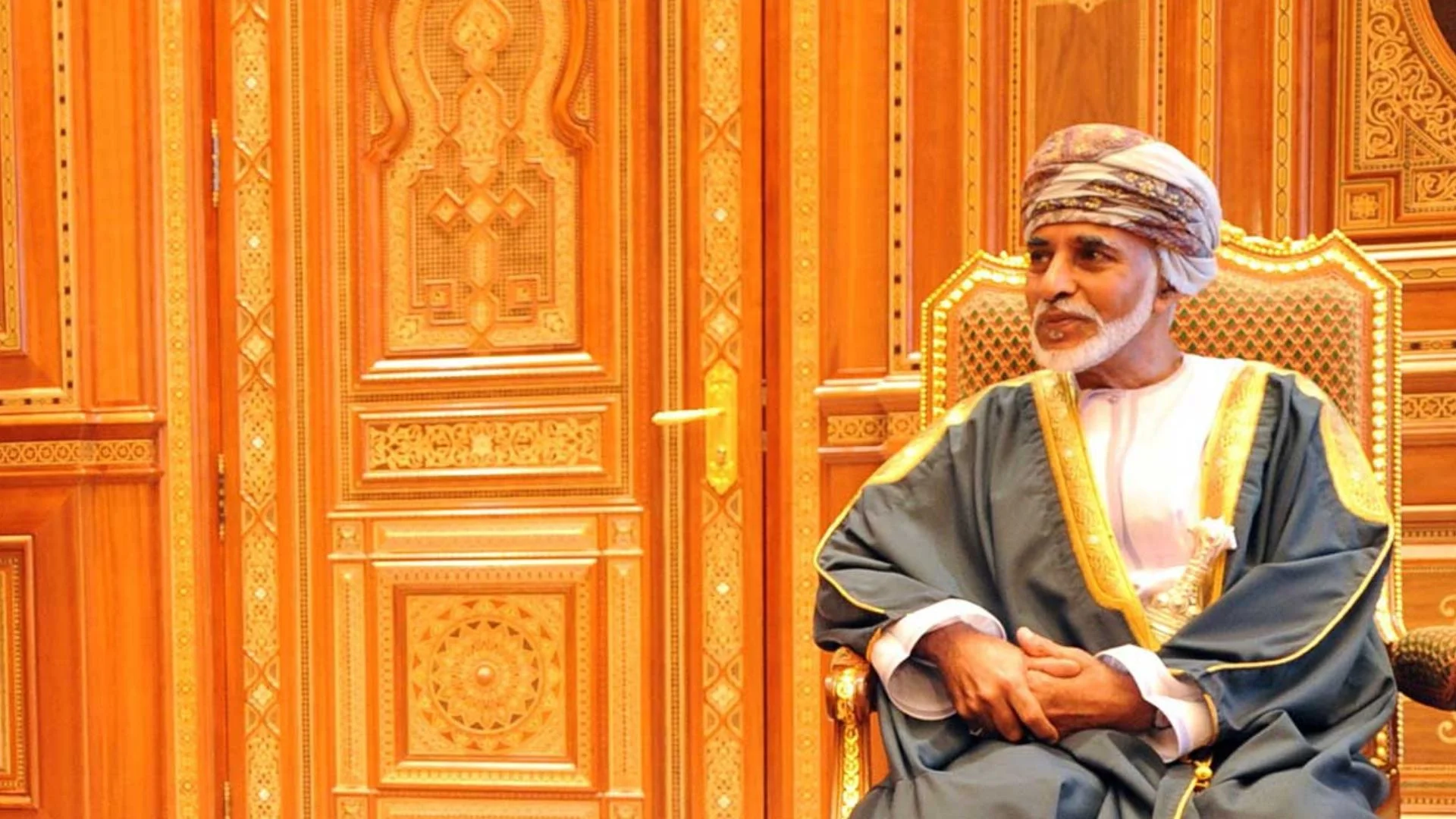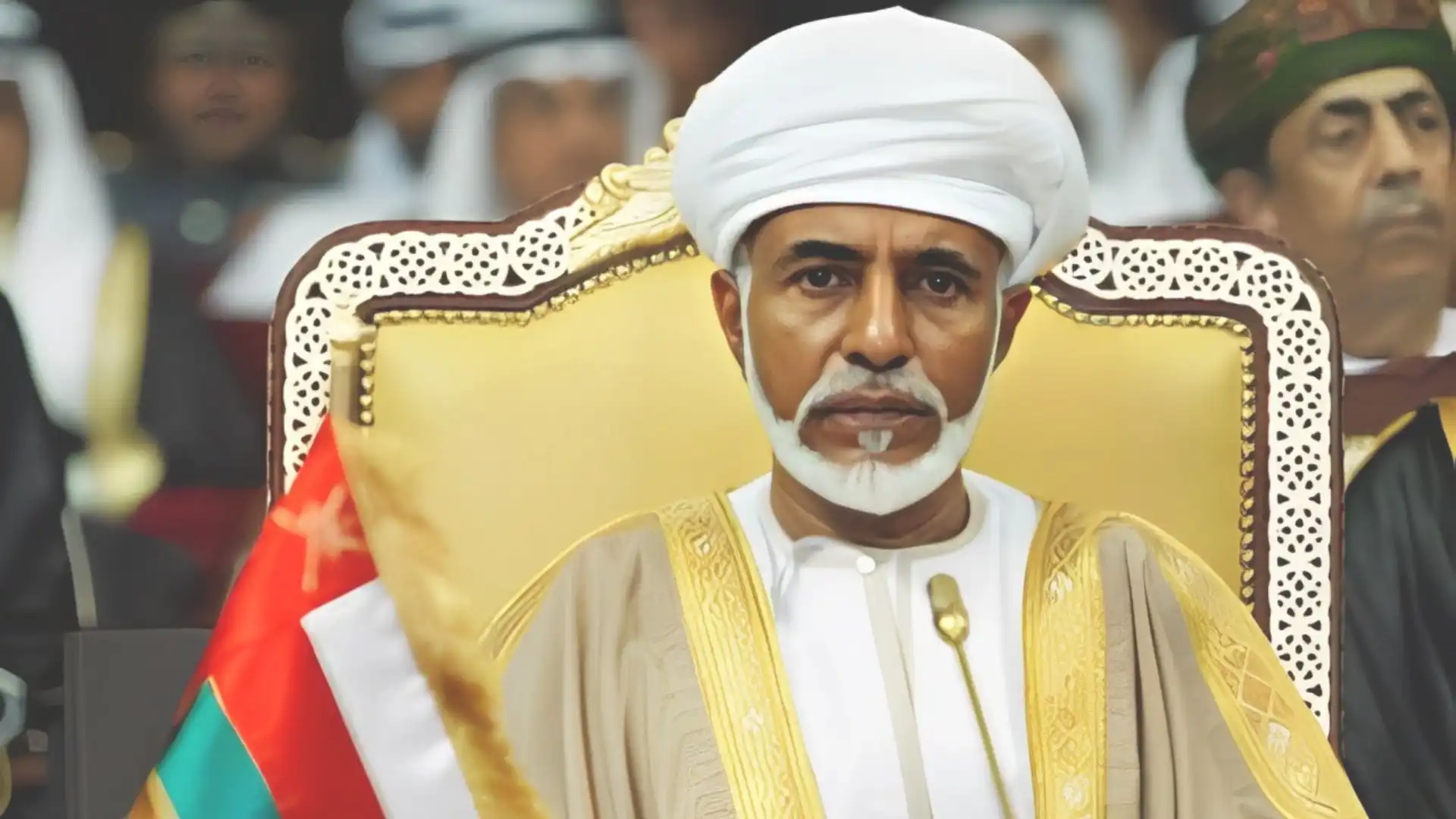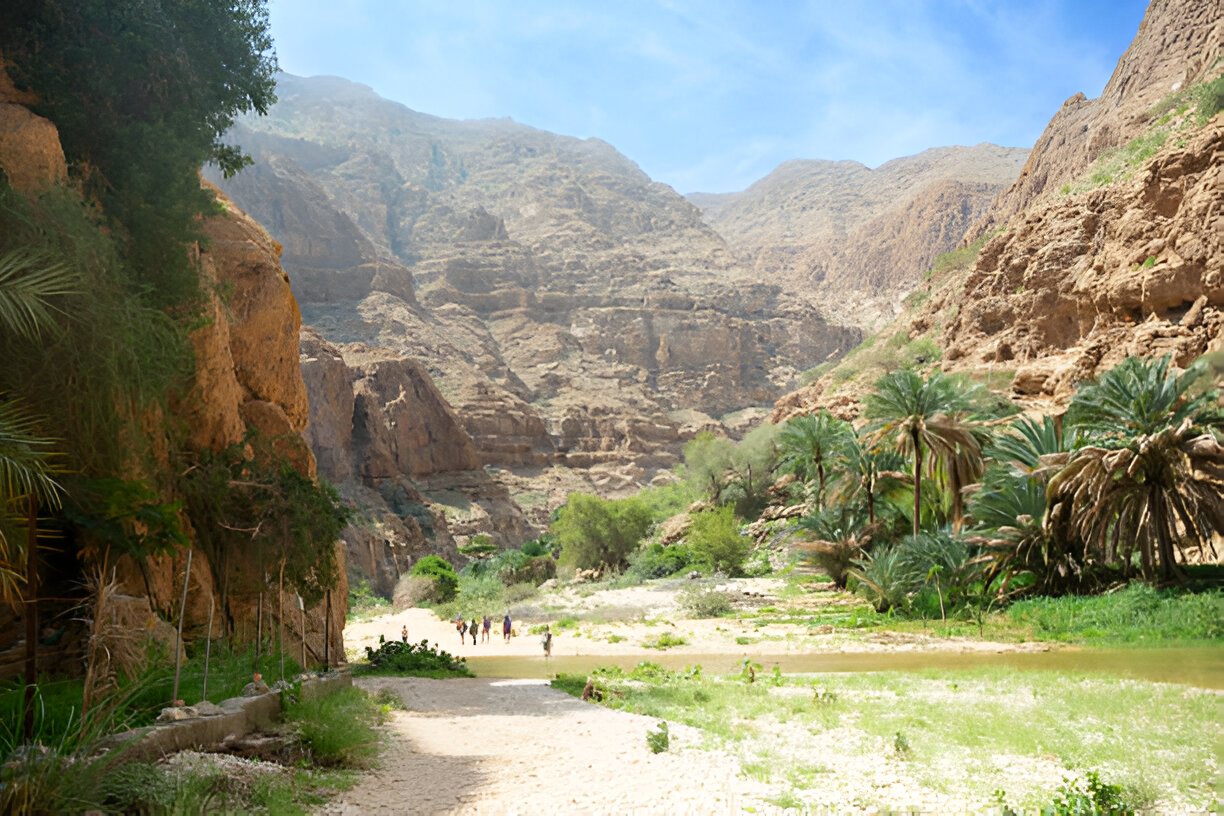

Sultan Qaboos bin Said al Said was a visionary leader who transformed Oman from an isolated nation into a symbol of stability, development, and diplomacy. His reign, spanning from 1970 to 2020, created a profound legacy, shaping Oman as a model for progress in the Arab world. This look into Sultan Qaboos’s life, leadership, and contributions explores how he fostered unity, development, and national pride.
Sultan Qaboos was born on November 18, 1940, in Salalah, Oman, growing up with a strong connection to Oman’s cultural heritage. At 16, he began a global education journey in England, attending Aiglon College and later the Royal Military Academy Sandhurst, where he gained leadership skills and insights that would shape his vision for Oman’s modernization. These years provided Sultan Qaboos with an understanding of both Western governance and Oman’s potential for growth.
Returning to an isolated and restricted Oman in 1965, Sultan Qaboos found his father’s rule marked by limited infrastructure, education, and healthcare. In 1970, with British support, he peacefully took power, pledging to unify and open Oman to the world. This shift marked a turning point as Oman began its journey toward growth, peace, and global recognition.
Sultan Qaboos’s leadership was defined by initiatives that blended economic growth, cultural preservation, and social reforms, creating a balanced modernization that shaped Oman’s national identity.
In 1970, Oman’s economy was primarily agricultural. Recognizing the potential of oil, Sultan Qaboos channeled oil revenues into infrastructure projects, including major highways and Port Sultan Qaboos in Muscat, enhancing Oman’s connectivity and trade capabilities. Yet, Sultan Qaboos aimed to reduce oil dependency by encouraging economic diversification. He invested in tourism, agriculture, and manufacturing, creating a resilient and dynamic economy that fueled Oman’s growth.
Sultan Qaboos prioritized infrastructure as a foundation for Oman’s development. New roads, airports, and telecommunications networks transformed Oman into a connected nation, boosting trade, tourism, and accessibility. His vision for infrastructure helped bridge Oman’s rural and urban areas, creating a unified national identity.
When Sultan Qaboos began his rule, Oman had limited schooling. His vision for universal access to education changed that, establishing schools even in remote areas. Under his guidance, Oman’s literacy rate soared, creating an educated workforce that could contribute to the nation’s development.
In 1986, Sultan Qaboos University was founded, becoming a symbol of Oman’s commitment to higher education. This institution attracted students from across the region and equipped Omani youth with skills essential for Oman’s future.
In 1970, Oman’s healthcare system was minimal. Sultan Qaboos’s reforms built hospitals and clinics nationwide, offering accessible healthcare and reducing disease rates. He also invested in training Omani healthcare professionals, strengthening the workforce and supporting Oman’s healthcare system.

Sultan Qaboos balanced modernization with preserving Oman’s heritage. His policies promoted women’s empowerment and protected Oman’s historical sites and traditions, blending progress with cultural pride.
Sultan Qaboos championed women’s rights, encouraging their education and employment. Women were appointed to influential roles in government, business, and academia, illustrating the Sultan’s vision for an inclusive Oman.
Programs to protect Oman’s historical sites and celebrate its traditions reflect Sultan Qaboos’s respect for Oman’s cultural identity. Oman’s rich heritage remains an essential part of its modern identity, thanks to his preservation efforts.
Sultan Qaboos’s foreign policy emphasized neutrality and diplomacy, allowing Oman to maintain peaceful relations with neighboring countries and global powers. Oman’s role as a mediator during the Iran-Iraq War and later as a bridge between Iran and the United States exemplifies Sultan Qaboos’s diplomatic legacy.
Oman’s neutrality allowed it to navigate conflicts without becoming entangled, creating a legacy of stability. Sultan Qaboos’s balanced diplomacy earned Oman a respected position on the international stage, supporting global peace and cooperation.
Sultan Qaboos valued Oman’s natural heritage, creating protected areas for endangered species like the Arabian oryx and championing environmental awareness. Oman’s conservation efforts were among the first in the Gulf, showcasing a commitment to sustainable development.
While Sultan Qaboos’s rule was praised, challenges persisted. Oman remained an absolute monarchy, limiting political freedoms, and its economy remained somewhat reliant on oil, underscoring the difficulty of economic diversification.
Sultan Qaboos’s legacy is seen across Oman, in its cities, institutions, and the lives of its people. His vision created a unified, progressive Oman that honors both heritage and modernity. Since his passing in 2020, Omanis continue on the path he set, inspired by a leader whose dedication to peace, stability, and development transformed the nation.
Sultan Qaboos’s reign shaped Oman into a model of balanced growth, with an economy diversified beyond oil, accessible healthcare, and educational opportunities for all. His diplomatic finesse made Oman a trusted mediator, while his environmental and social reforms reflected his commitment to the welfare of Oman and its people. Sultan Qaboos remains a guiding light for Oman, his vision of unity, peace, and progress inspiring future generations to carry his legacy forward.
Never miss any important news. Subscribe to our newsletter.







